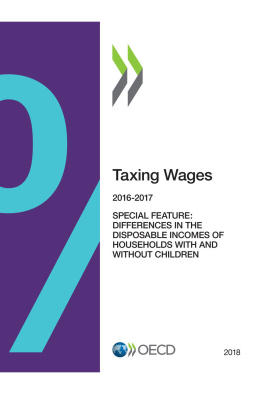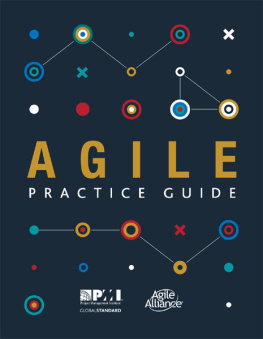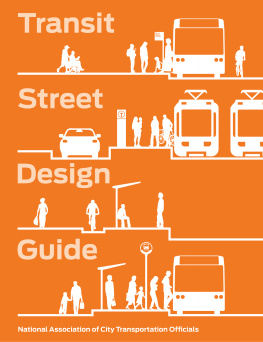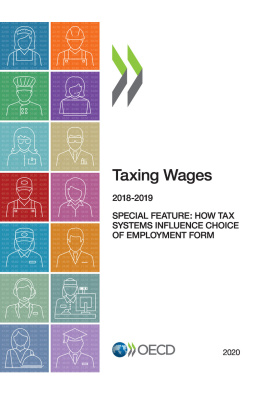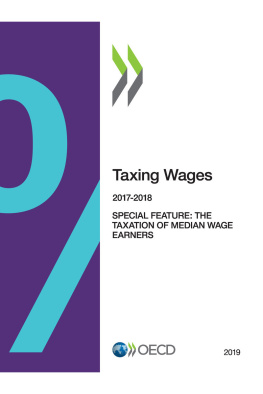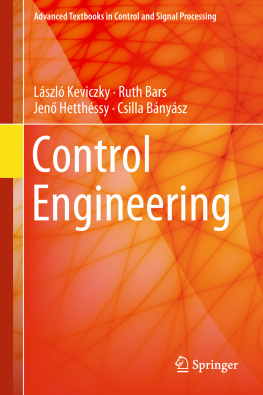coll. - Taxing Wages 2018
Here you can read online coll. - Taxing Wages 2018 full text of the book (entire story) in english for free. Download pdf and epub, get meaning, cover and reviews about this ebook. year: 0, genre: Home and family. Description of the work, (preface) as well as reviews are available. Best literature library LitArk.com created for fans of good reading and offers a wide selection of genres:
Romance novel
Science fiction
Adventure
Detective
Science
History
Home and family
Prose
Art
Politics
Computer
Non-fiction
Religion
Business
Children
Humor
Choose a favorite category and find really read worthwhile books. Enjoy immersion in the world of imagination, feel the emotions of the characters or learn something new for yourself, make an fascinating discovery.
- Book:Taxing Wages 2018
- Author:
- Genre:
- Year:0
- Rating:3 / 5
- Favourites:Add to favourites
- Your mark:
- 60
- 1
- 2
- 3
- 4
- 5
Taxing Wages 2018: summary, description and annotation
We offer to read an annotation, description, summary or preface (depends on what the author of the book "Taxing Wages 2018" wrote himself). If you haven't found the necessary information about the book — write in the comments, we will try to find it.
coll.: author's other books
Who wrote Taxing Wages 2018? Find out the surname, the name of the author of the book and a list of all author's works by series.
Taxing Wages 2018 — read online for free the complete book (whole text) full work
Below is the text of the book, divided by pages. System saving the place of the last page read, allows you to conveniently read the book "Taxing Wages 2018" online for free, without having to search again every time where you left off. Put a bookmark, and you can go to the page where you finished reading at any time.
Font size:
Interval:
Bookmark:
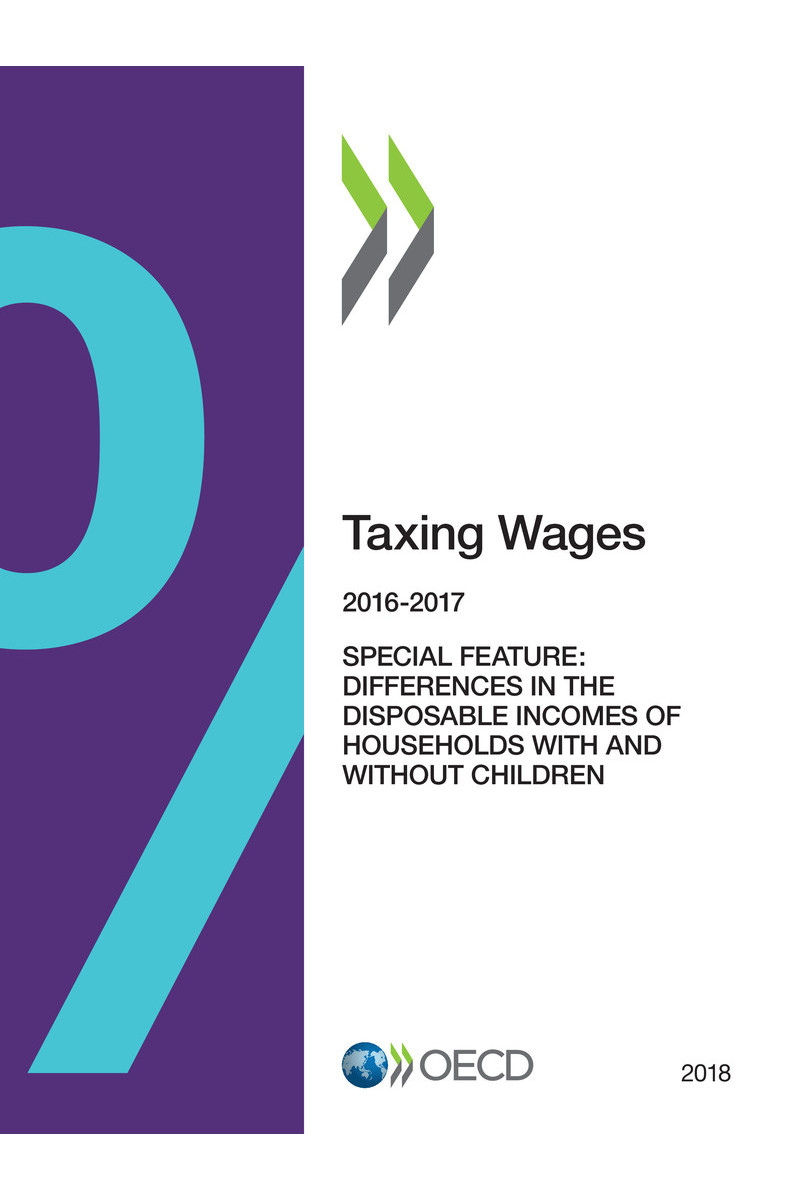
OECD (2018), Taxing Wages 2018 , OECD Publishing, Paris.
http://dx.doi.org/10.1787/tax_wages-2018-en
This annual publication provides details of taxes paid on wages in all 35 member countries of the OECD. The information contained in the Report covers the personal income tax and social security contributions paid by employees, the social security contributions and payroll taxes paid by their employers and cash benefits received by families. The objective of the Report is to illustrate how personal income taxes, social security contributions and payroll taxes are calculated and to examine how these levies and cash family benefits impact on net household incomes. The results also allow quantitative cross-country comparisons of labour cost levels and of the overall tax and benefit position of single persons and families.
The Report shows the amounts of taxes, social security contributions, payroll taxes and cash benefits for eight family-types, which differ by income level and household composition. It also presents the resulting average and marginal tax rates. Average tax rates show that part of gross wage earnings or total labour costs which are taken in personal income taxes (before and after cash benefits), social security contributions and payroll taxes. Marginal tax rates show the part of an increase of gross earnings or total labour costs that is paid in these levies.
The focus of the Report is the presentation of new data on the tax/benefit position of employees in 2017. In addition, the new data is compared with corresponding data for the year 2016. The average worker is designated as a full-time employee (including manual and non-manual) in either industry sectors B-N inclusive with reference to the International Standard Industrial Classification of All Economic Activities, Revision 4 (ISIC Rev.4) or industry sectors C-K inclusive with reference to the International Standard Industrial Classification of All Economic Activities, Revision 3 (ISIC Rev.3).
The Report is structured as follows:
contains an overview of the main results for 2017.
contains the Special Feature on Differences in the disposable incomes of households with and without children.
reviews the main results for 2016, which are summarised in the comparative tables at the end of the chapter and compares them with the 2017 figures.
) focuses on the historical trends in the tax burden for the period 2000-17.
contains individual country tables specifying the wage levels considered and the associated tax burdens for eight separate family types, together with descriptions of each tax/benefit system.
The Annex describes the methodology and its limitations.
The Report has been prepared under the auspices of the Working Party on Tax Policy Analysis and Tax Statistics of the Committee on Fiscal Affairs. This document has been produced with the financial assistance of the European Union. The views expressed herein can in no way be taken to reflect the official opinion of the European Union.
Previous editions were published under the title The Tax/Benefit Position of Employees (1996-1998 editions) and The Tax/Benefit Position of Production Workers (editions published before 1996).
The average worker in OECD countries pays just over one-quarter of their gross wages in income taxes and social security contributions (SSCs), a ratio that has remained relatively stable over the last two decades. On average, the net personal average tax rate (NPATR), defined as the sum of personal income tax (PIT) and employee SSCs, minus cash benefits as a percentage of gross wage earnings, was 25.5% for the average single worker in OECD countries in 2017. Belgium had the highest rate, at 40.5%, with Denmark and Germany being the only other countries with rates of more than 35%. Chile and Mexico had the lowest NPATRs at 7% and 11.2% respectively. Korea was the only other country with a rate of less than 15%.
Between 2016 and 2017, the NPATR on the average worker increased in 20 countries, decreased in 13 countries and remained unchanged in two countries (Chile and Hungary). In most countries where the NPATR changed, the change was due to changes related to the PIT, even though only one country increased their statutory rates (i.e. the Netherlands). Most PIT increases were driven by a higher proportion of earnings becoming subject to tax as the value of tax-free allowances and tax credits fell relative to earnings. Lower SSCs also played a significant role in decreasing the NPATR in Canada.
A special feature focuses on the impact of the tax system on the disposable income of households with children. On average across the OECD, households with children face a lower NPATR than the same household type without children, and the difference is considerably more pronounced for a single worker at a lower level of wage income. This observation is also true in almost all OECD countries: in 2016, 31 countries had lower NPATRs for a two-earner married couple with children relative to the same couple without, and 34 had lower NPATRs for the single worker with children at two-thirds of average wage than for the single worker without. Differences in NPATRs are due primarily to higher cash benefits for households with children. In many countries, these are combined with reductions in personal income taxation due to joint taxation or higher allowances and credits for families with children.
When employer costs and taxes are included, the effective tax rate on the labour costs of the average worker, or tax wedge, was 35.9%, a slight decrease since 2016. The tax wedge measures the difference between the labour costs to the employer and the corresponding net take-home pay of the employee. It is calculated as the sum of the total PIT and SSCs paid by employees and employers, minus cash benefits received, as a proportion of the total labour costs for employers.
Font size:
Interval:
Bookmark:
Similar books «Taxing Wages 2018»
Look at similar books to Taxing Wages 2018. We have selected literature similar in name and meaning in the hope of providing readers with more options to find new, interesting, not yet read works.
Discussion, reviews of the book Taxing Wages 2018 and just readers' own opinions. Leave your comments, write what you think about the work, its meaning or the main characters. Specify what exactly you liked and what you didn't like, and why you think so.

